In 1978, a family of Russian ‘Old Believers’ living in a supposedly uninhabited part of the Siberian taiga were discovered by a team of geologists. They had fled Stalinist persecution, and for half a century had lived in isolation in a ‘low, soot-blackened log kennel’ with a floor made of potato peelings and crushed nutshells, one tiny window, a fire, a single rushlight, and one item of furniture — an axe-hewn table.
Already a subscriber? Log in
Subscribe for just $2 a week
Try a month of The Spectator Australia absolutely free and without commitment. Not only that but – if you choose to continue – you’ll pay just $2 a week for your first year.
- Unlimited access to spectator.com.au and app
- The weekly edition on the Spectator Australia app
- Spectator podcasts and newsletters
- Full access to spectator.co.uk
Unlock this article
'The Making of Home' is available from the Spectator Bookshop, £18 Tel: 08430 600033 & 'Common people' is available from the Spectator Bookshop, £16.50 Tel: 08430 600033. Charlotte Moore is the author of Hancox: A House and a Family.
You might disagree with half of it, but you’ll enjoy reading all of it. Try your first month for free, then just $2 a week for the remainder of your first year.

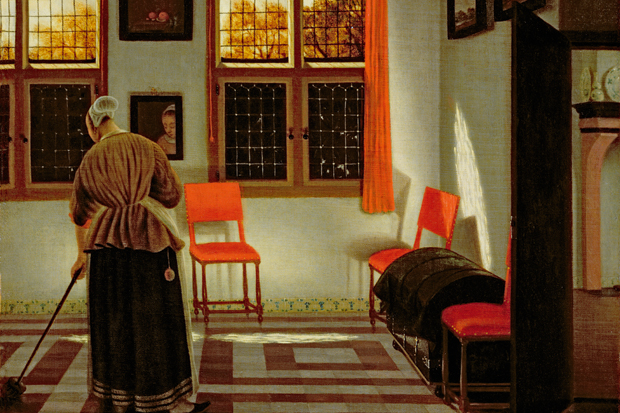
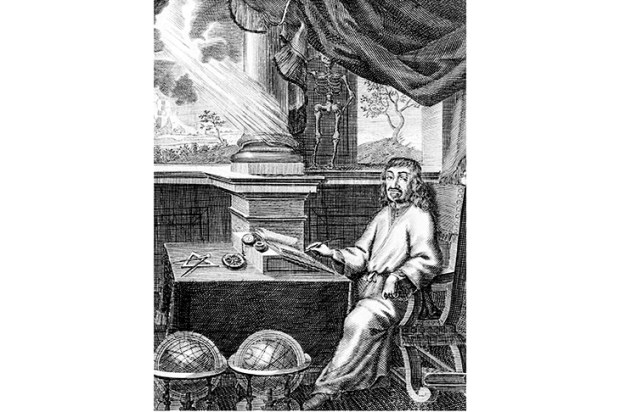
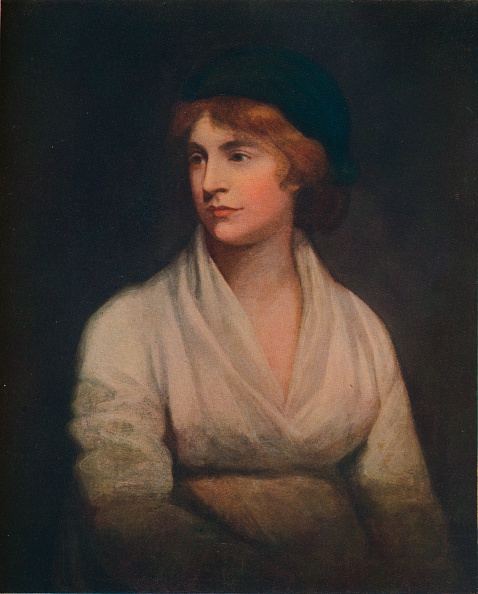
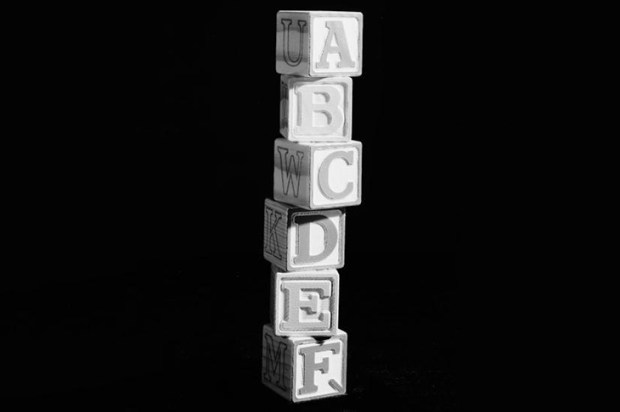
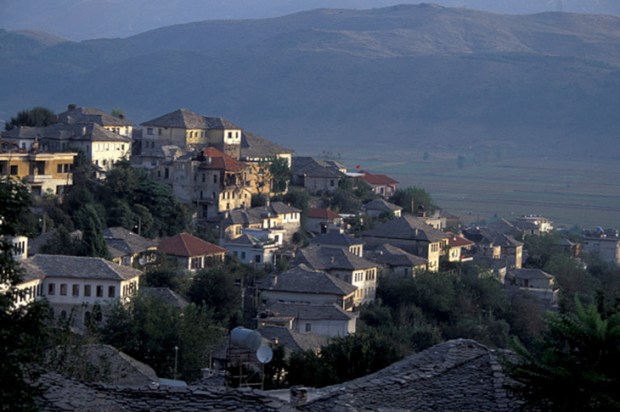
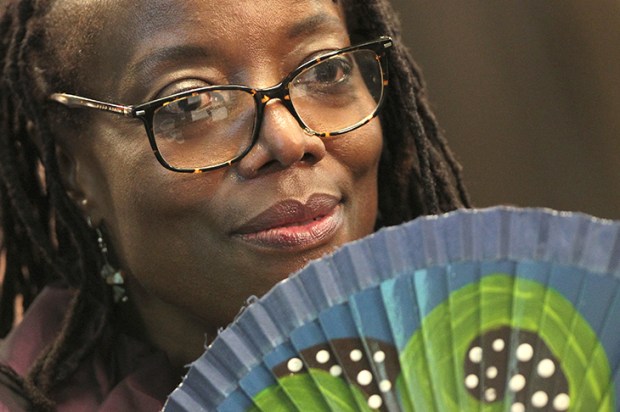
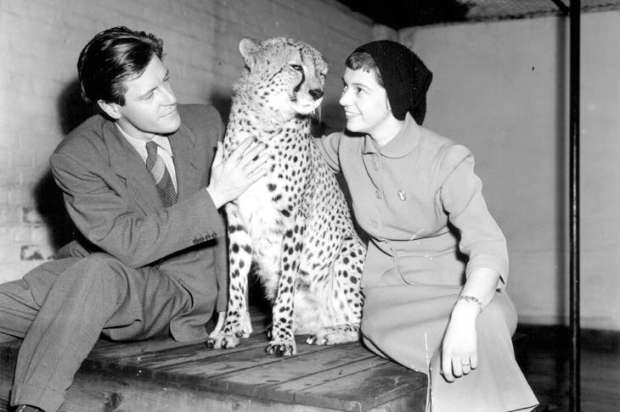






Comments
Don't miss out
Join the conversation with other Spectator Australia readers. Subscribe to leave a comment.
SUBSCRIBEAlready a subscriber? Log in